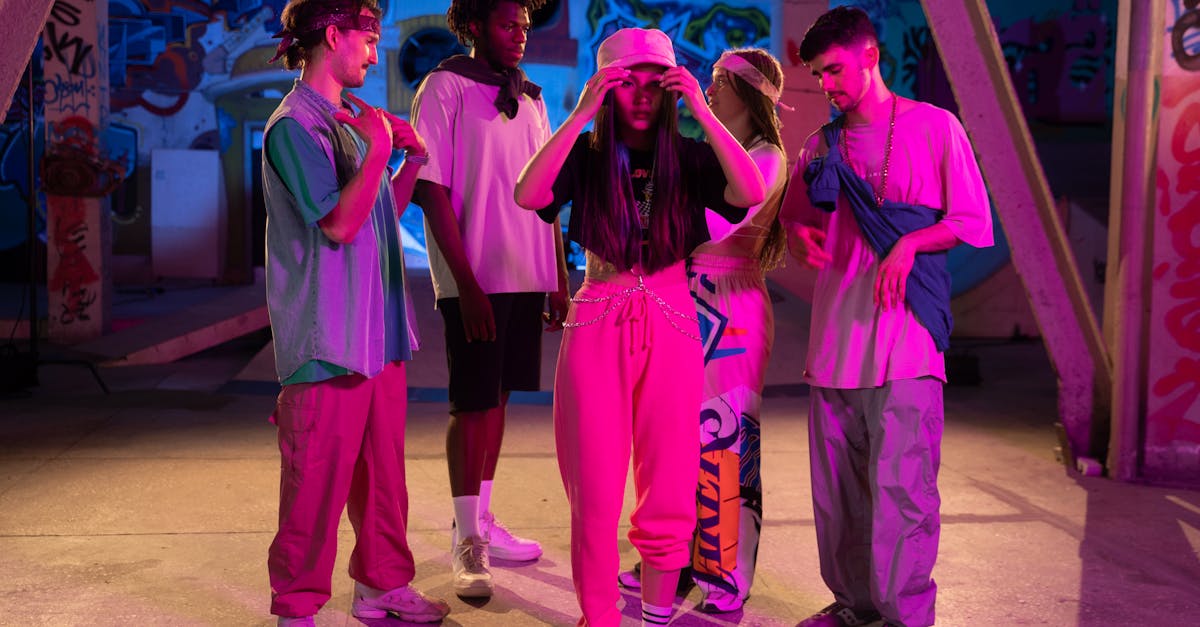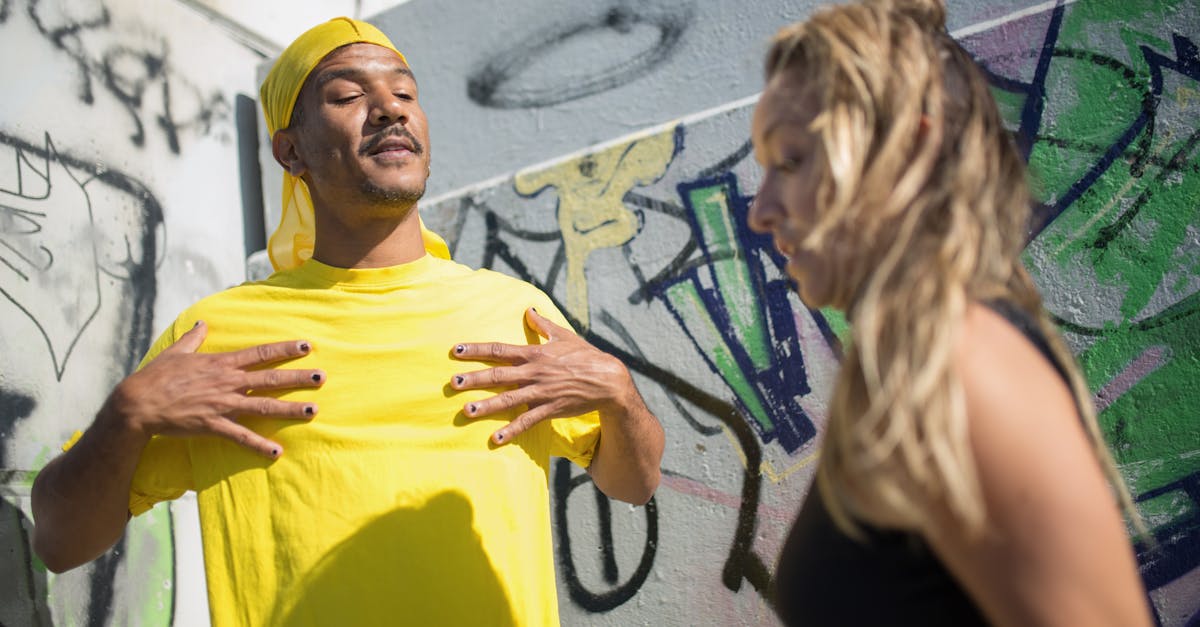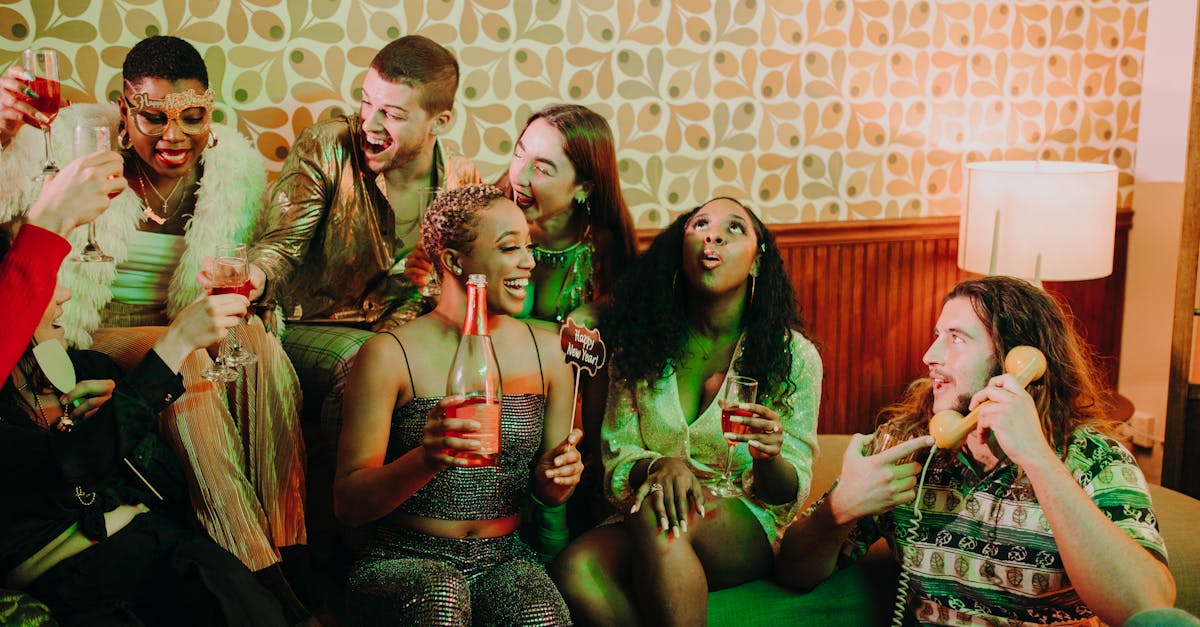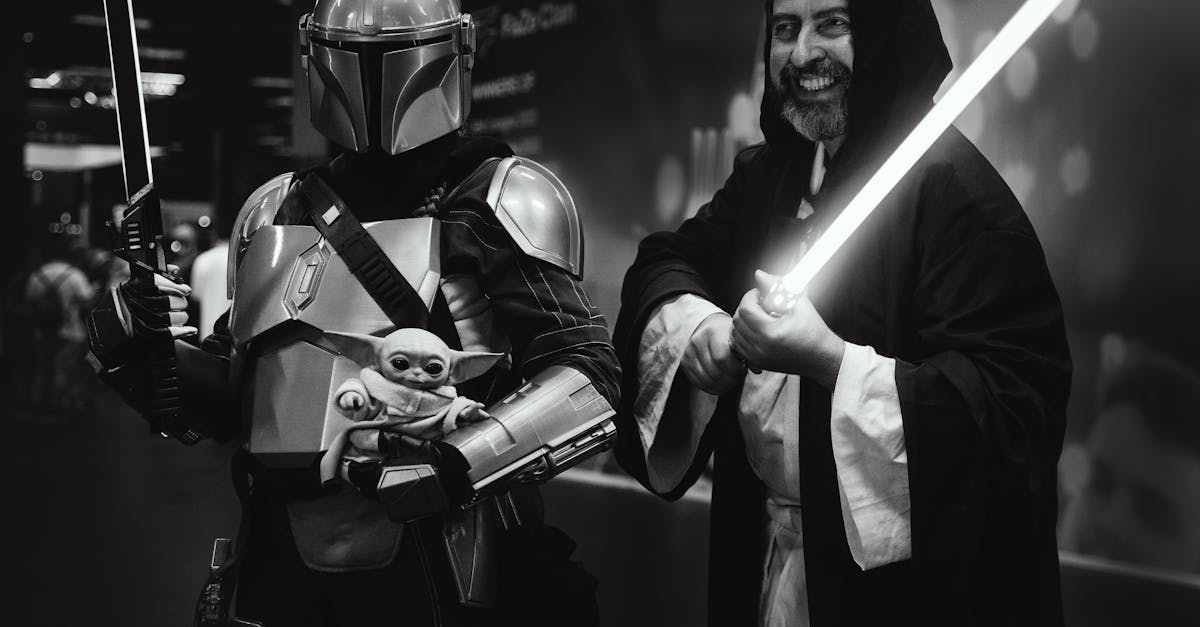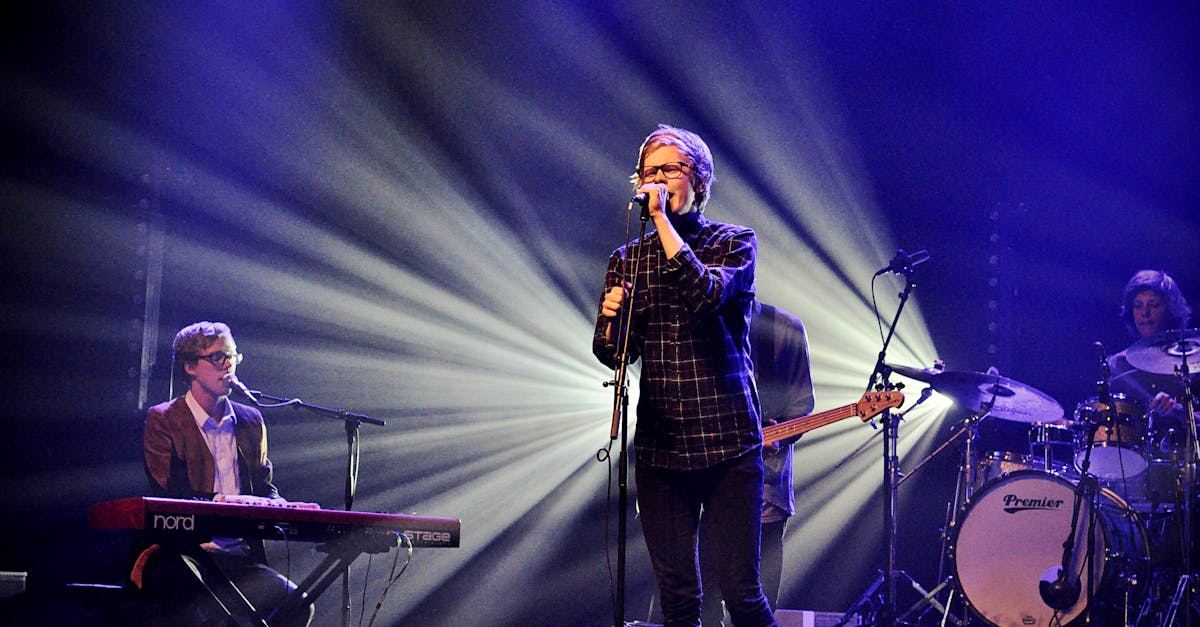Exploring The Urban Groove Soundscape
Introduction
The concept of Urban Groove Soundscape has captivated music enthusiasts and cultural aficionados alike. Emerging from the streets of bustling cities, this fusion genre encapsulates rhythm, emotion, and vibrant culture. But what defines the Urban Groove Soundscape, and why has it become such a significant aspect of contemporary music? This article dives into the heart of this phenomenon, examining its roots, evolution, and cultural significance. As mainstream music continues to evolve, Urban Groove remains a pulse that beats at its very core. This journey promises to be both an auditory exploration and a celebration of diversity in sound.
Advertisement
The Origins of Urban Groove
The Urban Groove Soundscape traces its roots back to the melding of jazz, hip-hop, R&B, and electronic music. Emerging in urban centers like New York City, Chicago, and London, this genre mirrors the dynamic and multifaceted nature of city life. Key figures, such as DJ Kool Herc and Grandmaster Flash, laid the foundational beats that would influence generations. Over time, cultural exchange and migration brought new elements to the sound, infusing it with Latin, African, and Asian musical traditions. The burgeoning scene cultivated a distinctive sound that spoke to multicultural identity and shared experiences.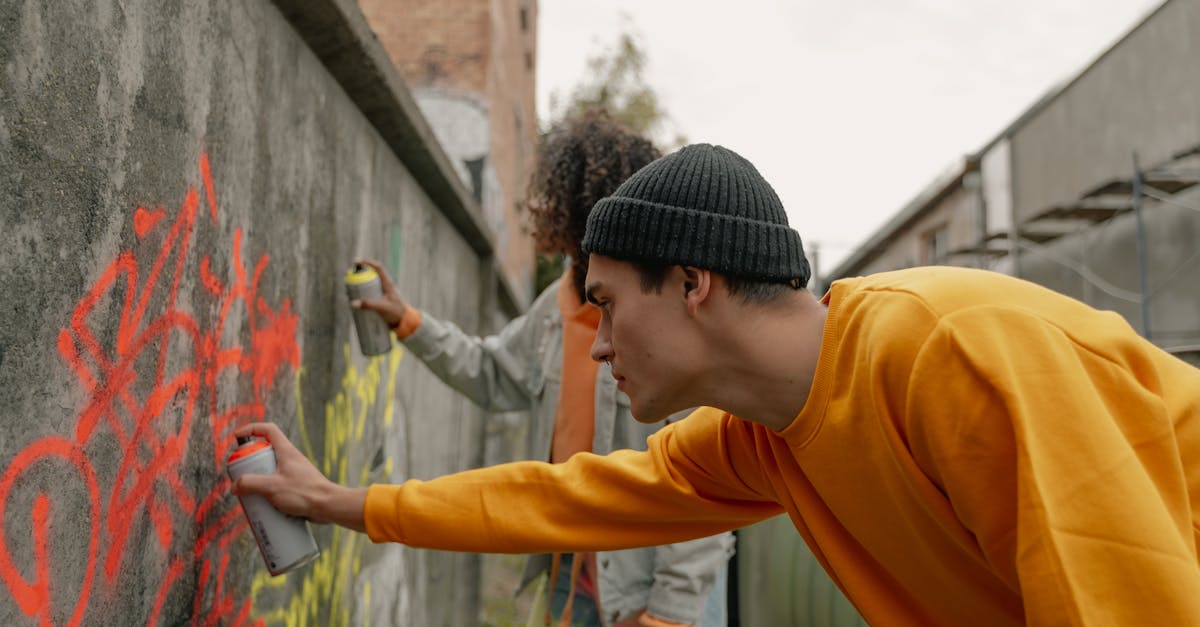
Advertisement
The Rhythmic Core
At the heart of the Urban Groove Soundscape is rhythm. The infectious beats often feature syncopated percussion, deep basslines, and layered melodies. By marrying traditional instruments with electronic elements, producers create a bustling, kaleidoscopic auditory experience. Sampling has played a crucial role in the genre, with artists often pulling elements from jazz, soul, and reggae to craft something entirely new. This rhythmic foundation not only drives the sound but also fosters a sense of community and connectivity among listeners.
Advertisement
Cultural Identity and Expression
Urban Groove stands as a testament to cultural identity and expression. It provides a platform for marginalized voices and allows artists to comment on socio-political issues. Through their lyrics and beats, artists convey messages of resistance, identity, and empowerment. Tracks are laden with narratives that resonate on personal and communal levels, turning music into a vehicle for storytelling. The genre’s adaptability enables artists to represent their unique stories, reflecting the lived experiences of multicultural urban life.
Advertisement
Digital Age and Global Reach
The rise of digital platforms has been pivotal in taking the Urban Groove Soundscape to new heights. Streaming services and social media have facilitated global access, connecting artists with international audiences. This virtual expansion has led to collaborations across continents, enhancing musical diversity and innovation. With just a click, listeners worldwide can explore the vibrant talents from different corners of the globe. This digital democratization not only broadens horizons but also promotes cultural exchange and understanding.
Advertisement
Innovations and Subgenres
Urban Groove’s evolution has birthed various subgenres, each with its own flair. Trap music, known for its hard-hitting beats and rhythmic intricacy, has surged in popularity. At the same time, Neo-Soul, with its sultry blend of R&B and electronic sounds, offers a more introspective experience. Artists continuously push boundaries, finding inspiration in genres as diverse as dancehall, funk, and grime. This constant innovation ensures the genre remains fresh while honoring its rich lineage, promising an exciting future for the Urban Groove Soundscape.
Advertisement
Live Performances and Festivals
Urban Groove thrives in live settings where energy is palpable. Festivals dedicated to this genre, such as the North Sea Jazz Festival and Afropunk Fest, have become cultural beacons. These gatherings celebrate both emerging artists and industry legends, providing a melting pot of talent and creativity. Live performances often feature intricate DJ sets, immersive visual displays, and vibrant dance activities. This real-time interaction elevates the sound experience, creating lasting impressions for both audiences and performers alike.
Advertisement
Influence on Other Genres
Urban Groove has left its mark on various music genres, breaking traditional boundaries. From mainstream pop artists adopting urban rhythms to EDM producers incorporating groove elements, cross-genre collaborations are flourishing. This interchange enriches the global music landscape by infusing mainstream music with novel sounds and cultures. As genres continue to intermingle, Urban Groove’s influence ensures music remains an evolving art form, open to new interpretations and innovations.
Advertisement
Challenges and Criticism
Despite its popularity, Urban Groove faces certain challenges. Critics often point out issues like commercial exploitation and cultural appropriation—where aspects of the genre are monetized without crediting their origins. Moreover, achieving a balance between innovation and preservation of cultural integrity is an ongoing challenge for artists. Nevertheless, these challenges also prompt vital discussions about authenticity and respect, leading artists to tread carefully and meaningfully engage with their roots.
Advertisement
Conclusion
Urban Groove Soundscape weaves a complex tapestry of beats and stories that reflect the vibrant and ever-evolving urban experience. Rooted in cultural diversity, the genre eloquently captures sentiments and stories that resonate worldwide. As it evolves, it continues to defy boundaries, setting a benchmark for creativity in the music industry. By embracing collaboration and cultural dialogue, Urban Groove stands as a testament to music's power to unite and inspire. Its journey reflects both a celebration of heritage and a dynamic journey toward innovative musical futures.
Advertisement
